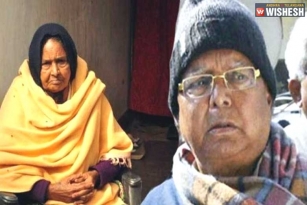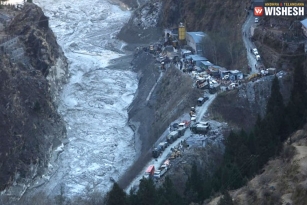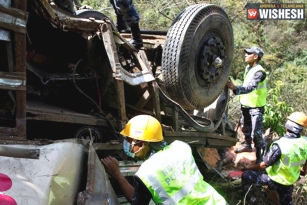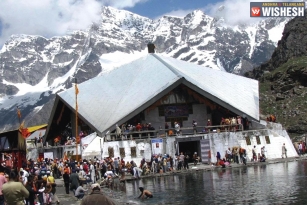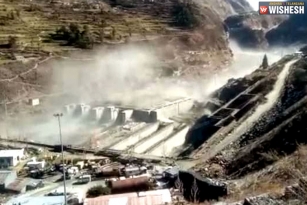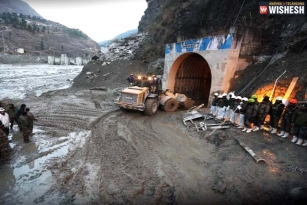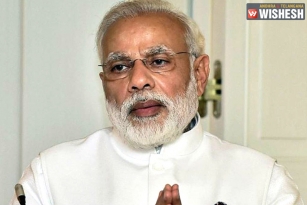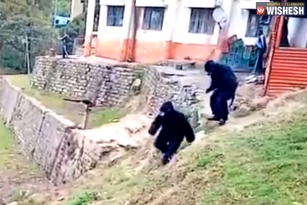
Gangotri is a small town and a Nagar Panchayat at Uttarakashi district in the state of Uttarakhand, India. Gangotri is around 105 KM from Uttarakashi. Gangotri is accessible by road from Uttarakashi. It is a Hindu pilgrim town on the banks of the river Bhagirathi. It is on the Greater Himalayan Range, at a height of 3,415 m.
History
Gangotri is the origin of the River Ganges and the seat of the goddess Ganga. The river is called Bhagirathi at the source and acquires the name Ganga (Ganges) from Devprayag onwards where it meets with Alaknanda. The origin of the holy river is at Gaumukh, set in the Gangotri Glacier and is a 19 km trek from Gangotri. This small town is centered around the temple of the goddess Ganga, which was built by the Nepalese General, Amar Singh Thapa in the early 18th century. The temple is closed on Diwali day every year and is reopened in the month of May. During this time, the idol of the goddess is kept in Mukhba village, near Harsil.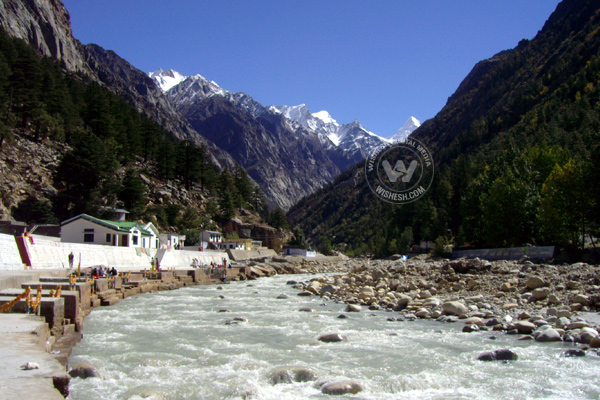
The Pujas are supervised by the Semwal family of Pujaris. The Aarati ceremony at Gangotri is especially impressive, as is the temple, a stately affair that sits on the banks of the rushing Ganges. Adventurous pilgrims can make an overnight 18 km trek to Gaumukh, the actual current source of the river Ganges.
Legends
According to Hindu mythology, Goddess Ganga took the form of a river to absolve the sins of King Bhagiratha's predecessors, following his severe penance of several centuries.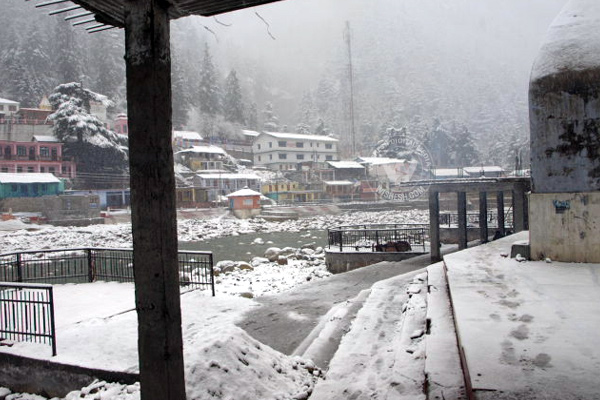
According to this legend, King Sagara, after slaying the demons on earth decided to stage an Ashwamedha Yajna as a proclamation of his supremacy. The horse which was to be taken on an uninterrupted journey around the earth was to be accompanied by the King's 60,000 sons born to Queen Sumati and one son Asamanja born of the second queen Kesani. Indra, supreme ruler of the demi gods feared that he might be deprived of his celestial throne if the 'Yajna' (worship with fire) succeeded. So he took away the horse and tied it to the ashram of Sage Kapil, who was then in deep meditation. The sons of the King Sagara searched for the horse and finally found it tied near the meditating sage. Sixty thousand angry sons of King Sagara stormed the ashram of sage Kapil. When he opened his eyes, the 60,000 sons had all perished, by the curse of sage Kapil. Bhagiratha, the grandson of King Sagar, is believed to have meditated to please Lord Shiva to send Ganga to earth to cleanse the ashes of his ancestors, and liberate their souls, granting them salvation or Moksha. Lord Shiva who was pleased with the devotion and determination of sage Bhagiratha agreed and instructed Ganga to go to earth. Mother Ganga agreed and raised a doubt whether the Mother earth can sustain the fall of Ganga and be stable. However, due to her pride, and the fact that the earth would be devastated if Ganga came down in her full force, Lord Shiva caught her in his locks. It was then proclaimed that Goddess Uma or Parvati, Shiva's consort, would bath in the Ganges daily and only then would she descend on the earth. The sacred stone near the temple denotes the place where Ganga first came down to earth. Since sage Bhagiratha bought Ganga to earth, Ganga is also called by the name of Bhagirathi.
As the legend tells, King Bhagiratha used to worship Lord Shiva at the sacred stone, near which this 18th century temple is located. The slab on which King Bhagiratha is believed to have meditated is called Bhagirathi Shila. 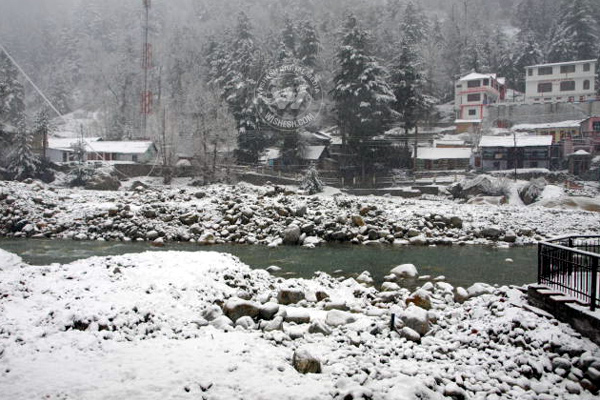
Worshipping Mother Ganga
The mother Ganga is worshipped as Goddess and the holy river in the temple. Before performing the Puja rituals, a holy dip in the Ganga flowing nearby the temple is a must. The priests belong to Brahmin community from Mukhwa village. Ten of them are selected by rotation every year to perform all the functions covering the temple and they also perform the duties of pandas.
The Temple will be closed from the day of Deepavali and reopens on 6th of May every year. During this period the idol of Mother Ganga is kept in the village of Mukhwa.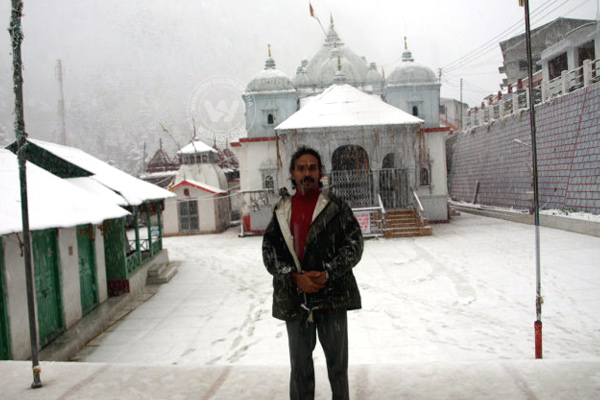
Places to visit near Gangotri
Further downstream, 10 km from Gangotri, is the picturesque forested halting place of Bhaironghati. There exists a small temple of Bhairon. The legends say that Lord Shiva has appointed Bhairon to safeguard this region which gives the place his name. The bridge over the Jhanvi river at Bhaironghati is said to be the highest in Asia.
The Gaumukh glacier is the source of Bhagirathi (Ganga) and is held in high esteem by the devotees, who do not miss the opportunity to have a holy dip in the bone chilling icy water. It is 18 KM trek from Gangotri. 
Sat-Tal, meaning seven lakes, is situated just above Dharali, 2 KM. beyond Harsil. The trek of about 5 KM is rewarding as this group of lakes is situated amid beautiful natural surroundings. It also provides lovely camp sites.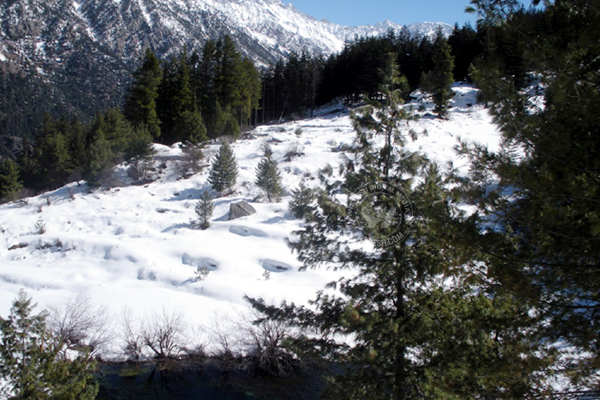
Submerged in the river, this natural rock Shivling is the place where, according to legends Lord Shiva sat when he received the Ganga in his matted lock. It is visible in winter months when water level decreases.
Pilgrimage to Gangotri
Gangotri is considered as one of the main four temples which has to be visited in a human life. Due to the climatic contingencies the Temple of Mother Ganga at Gangotri is closed on the day of Deepavali and reopens on 5th of May every year. One can visit the temple during the months of May to November. During the period of November to May the climate will be very cool and there will be heavy snow falls which limits the movement of pilgrims. But if one wants to visit Gangotri during the winter season it is possible, but you have to hire a vehicle on your own. 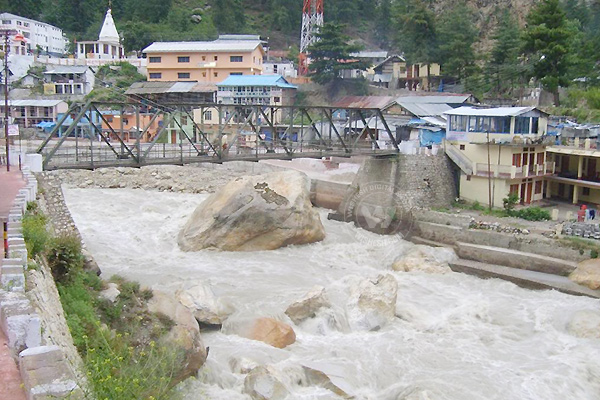
It is very beautiful to see the snow covered Himalayas. The trees along side will be covered with snow and the road will be full of snow. It is scintillating to view the snow capped Himalayas and the trees covered with snow, which makes you feel the creativity of the almighty. During the winter season there will be snow of a thickness of more than one foot. I would like to suggest that Gangotri is far beautiful and enjoyable than Missouri during the winter. Accommodation is available at Harsheel which is around 25 KM down of Gangotri and is near to Mukhwa village where the idol of Mother Ganga is kept during the closure of the Gangotri Temple.
By Premji














